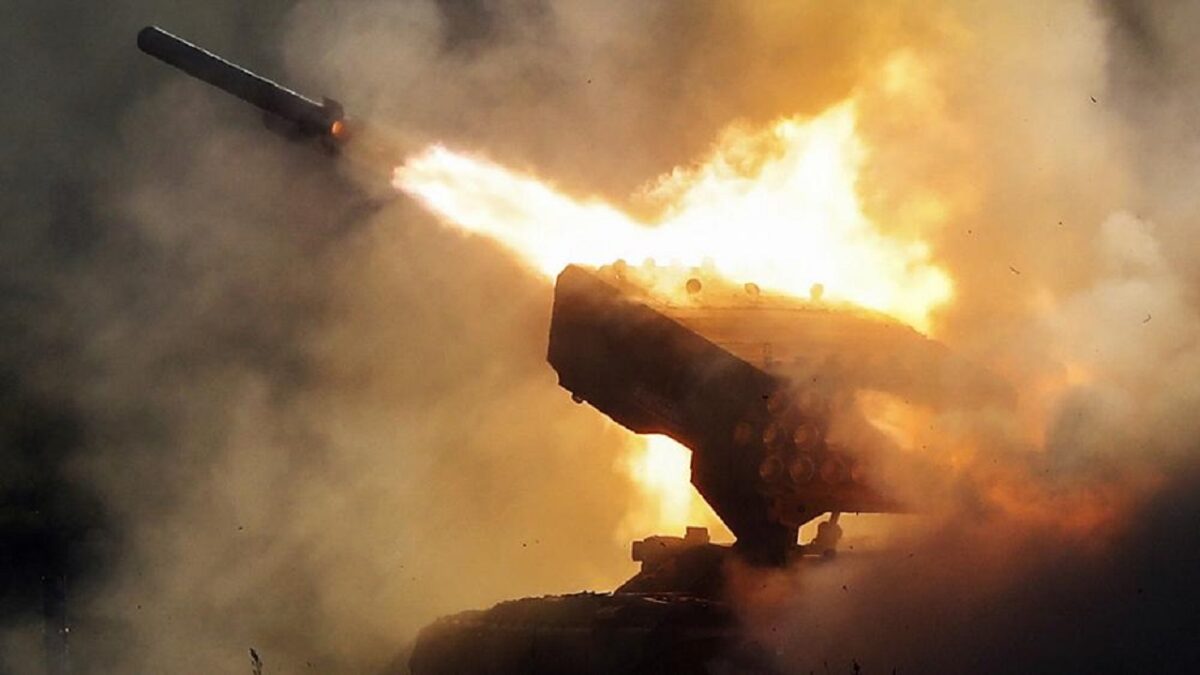The Ukrainian counteroffensives around Kharkiv and Kherson have erased months of Moscow’s territorial gains and destroyed or captured large amounts of Russian military equipment, ammunition, and personnel. These operations demonstrate that Kyiv has the political will and military capability to seize the initiative and retake occupied territory when armed with weapons from the United States and its allies.
To defeat Putin’s unprovoked invasion of Ukraine, reduce the duration and humanitarian costs of the war, and advance core Western economic and security interests, now is not the time to sit back and simply admire the performance of Ukrainian forces. Washington and its allies should urgently redouble efforts to provide Ukrainians with the necessary weapons.
On August 29, Ukraine announced a counteroffensive in the country’s southern Kherson Oblast, aiming to liberate a key city by the same name. After imperiling Russian frontline positions by striking supply depots and bridges for weeks, a spokesperson from Ukraine’s southern command said Ukrainian forces had advanced tens of kilometers in Kherson Oblast and Russian forces had retreated to their second line of defenses. The Pentagon confirmed that Ukraine has made forward progress and that some Russian units have fallen back as a result.
Then, on September 6, Ukraine launched a counteroffensive in Kharkiv Oblast, benefiting from Russia repositioning some of its forces closer to Kherson in anticipation of a Ukrainian counteroffensive. While the battle is still underway and details are hazy, Ukrainian forces have smashed through Russian lines and retaken almost 3,800 square kilometers of territory since September 6, according to the Ukrainian Ministry of Defense. Ukrainian forces have entered the strategic city of Izyum, the key logistical hub of Kupyansk, and dozens of other towns.
In Kharkiv Oblast, Russian forces beat a hasty retreat, leaving behind large quantities of equipment and ammunition, even as Russian state media struggles to put a positive spin on events.
These developments prove that Kyiv has the political will and military forces with the tactical and operational acumen to retake occupied Ukrainian territory. Arguments that Ukraine is too outmatched to go on offense or that Western aid won’t make a difference are increasingly being undermined by reality on the ground.
In determining the path forward in terms of support for Ukraine, it is important to recognize that the stakes in Ukraine are incredibly high for Europeans, Americans, and other democratic allies and partners far from the war itself. Russia is attempting to use military force to redraw international borders. A similar “might makes right” impulse helped spark two world wars in Europe in the last century. If Putin’s gambit succeeds, we should expect more aggression on the continent from the Kremlin and other autocrats elsewhere.
Beijing, in particular, is watching to see how the U.S. and Europe will respond in both the short and long term to Putin’s invasion. We should expect the Chinese Communist Party to draw relevant lessons for prospective aggression against Taiwan. To deter additional aggression in Europe and shift Beijing’s cost-benefit analysis in the Taiwan Strait, the United States and like-minded democracies must continue to provide Kyiv with the means to defeat the Russian invasion soundly.
Nevertheless, some are questioning whether the United States can afford to continue to provide Ukraine with the weapons it needs. According to the Pentagon, the United States has committed more than $14.5 billion in military aid to Ukraine since February 2022.
That is certainly not a small amount of money, but it’s important to put it in perspective. The Biden administration requested $773 billion for the Department of Defense for fiscal year 2023. In comparison, the $14.5 billion allotted to Ukraine since February represents less than 1.9 percent of that amount.
When one considers the benefits for Americans associated with helping Ukraine defeat Putin’s invasion, that investment looks like a bargain. Cutting future military support for Kyiv would be penny wise and pound foolish.
For these reasons, instead of simply applauding the Ukrainian counteroffensive, the United States should continue providing military aid to Ukraine, focusing on the weapons and capabilities most needed to support Kyiv’s efforts to liberate and hold Ukrainian territory. This aid should include more High Mobility Artillery Rocket Systems (HIMARS) as well as the Guided Multiple Launch Rocket System (GMLRS) rounds they fire. Kyiv has reportedly requested an additional 2,000 of these munitions.
Additionally, providing the Army Tactical Missile System, a longer-range missile fired from HIMARS, would allow Kyiv to strike key Russian logistics nodes and other high-value targets within Ukrainian territory far beyond the range of Ukraine’s current precision-strike capabilities.

TOS-1 firing in Ukraine. Image Credit: Russian Military.
Finally, decision-makers should not ignore the over 6,300 relevant Russian- or Soviet-origin weapon systems currently in the possession of non-NATO countries, some of which could be transferred to Ukraine. Even just spare parts for those systems would be invaluable for Ukraine as it strives to maintain its own Soviet-made (and captured Russian) equipment. Washington and its allies should also continue working to secure 152mm and 122mm rounds for Ukraine’s Soviet-made artillery, even as Ukraine transitions to NATO-standard 155mm artillery rounds.
Ukrainians have demonstrated both the will and the ability to take back their territory. They have the bravery, skill, and determination necessary to defeat Putin’s invasion. The only question is whether the West will provide Kyiv with the weapons necessary to finish the job.
Bradley Bowman is senior director of the Center on Military and Political Power at the Foundation for Defense of Democracies and previously served as national security advisor to members of the Senate Armed Services and Foreign Relations committees. Ryan Brobst is a research analyst at FDD.
John Hardie, Deputy Director of FDD’s Russia Program, contributed to this article.

